Home>Renovation & DIY>Tools & Equipment>What Grit Sandpaper For Guitar Frets
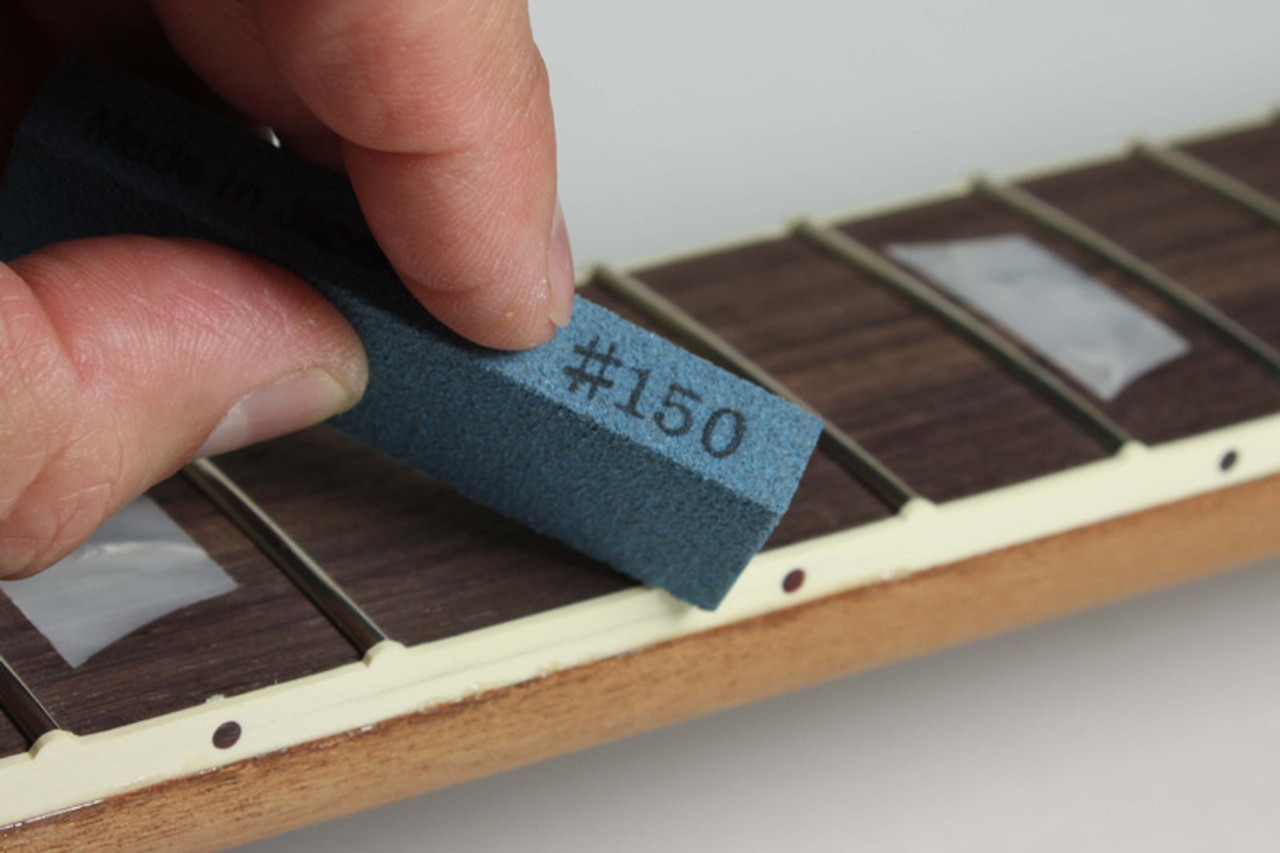

Tools & Equipment
What Grit Sandpaper For Guitar Frets
Modified: January 3, 2024
Find the best grit sandpaper for guitar frets and other essential tools and equipment for maintaining your instrument. Keep your guitar in top condition with the right tools.
(Many of the links in this article redirect to a specific reviewed product. Your purchase of these products through affiliate links helps to generate commission for Storables.com, at no extra cost. Learn more)
Introduction
So, you've been playing your guitar for a while now, and you've noticed that the frets are starting to show signs of wear and tear. Don't worry, this is completely normal, especially if you're an avid guitarist. Over time, the metal frets on your guitar can become tarnished, corroded, or develop rough spots, which can affect the playability and sound of your instrument. Fortunately, there's a simple solution to this problem: sanding and polishing the frets. But before you grab any old sandpaper, it's important to understand the concept of grit and how it relates to the process of fret maintenance.
In this article, we'll delve into the world of grit sandpaper and its significance in maintaining your guitar frets. We'll explore the different grit levels, discuss the selection of the right grit sandpaper for your specific needs, and walk you through the process of sanding and polishing your guitar frets to keep them in top-notch condition. By the end of this article, you'll have a clear understanding of how to care for your guitar frets and ensure that they remain smooth, shiny, and free from any imperfections that could hinder your playing experience. So, let's dive in and demystify the world of grit sandpaper for guitar frets.
Key Takeaways:
- Choose the right grit sandpaper based on the condition of your guitar frets and the specific maintenance task at hand to achieve optimal results and avoid potential damage.
- By understanding the role of grit in sandpaper and following a methodical approach to sanding and polishing, you can maintain your guitar frets in top condition, ensuring a smooth and enjoyable playing experience.
Read more: What Grit Sandpaper For Guitar Body
Understanding Grit Sandpaper
Before delving into the specifics of choosing the right grit sandpaper for your guitar frets, it’s crucial to comprehend the concept of grit and how it influences the sanding process. Grit, in the realm of sandpaper, refers to the number of abrasive particles per square inch of the paper. The higher the grit number, the finer the abrasive particles and the smoother the sandpaper. Conversely, lower grit numbers indicate coarser sandpaper with larger abrasive particles.
Common grit ranges for sandpaper include coarse (40-60 grit), medium (80-120 grit), fine (150-180 grit), very fine (220-240 grit), and extra fine (280-320 grit). Each grit range serves a specific purpose, and understanding their distinctions is pivotal to achieving optimal results when working on your guitar frets.
Coarse grit sandpaper is ideal for heavy material removal, such as leveling uneven frets or removing deep scratches. Medium grit sandpaper is suitable for refining the frets further, smoothing out rough spots, and eliminating the scratches left by the coarse grit. Fine grit sandpaper is employed to achieve a smooth finish and prepare the frets for polishing, while very fine and extra fine grits are used in the polishing phase to attain a lustrous shine.
It’s important to note that using the wrong grit sandpaper can lead to undesirable outcomes. Employing a grit that is too coarse for a particular task can result in excessive material removal, potentially altering the fret height and shape. Conversely, using a grit that is too fine may not effectively address the imperfections on the frets, leading to prolonged and ineffective sanding.
By understanding the role of grit in sandpaper, you can make informed decisions when selecting the appropriate grit for sanding and polishing your guitar frets. Next, we’ll explore how to choose the right grit sandpaper tailored to your fret maintenance needs.
Choosing the Right Grit Sandpaper for Guitar Frets
When it comes to maintaining your guitar frets, selecting the correct grit sandpaper is essential for achieving optimal results. The choice of grit depends on the specific maintenance task at hand and the current condition of the frets. Here’s a guide to help you determine the right grit sandpaper for your fret maintenance needs:
- Assessing Fret Condition: Before embarking on the fret maintenance process, assess the condition of the frets. Are they mildly tarnished with minor imperfections, or do they require more intensive work to address deep scratches and rough spots?
- Identifying the Right Grit: Based on the assessment, determine the appropriate grit range for the task. If the frets have noticeable tarnishing and minor imperfections, a fine to very fine grit sandpaper (150-240 grit) is suitable for the initial sanding and preparation for polishing. For more substantial imperfections and scratches, start with a medium grit (80-120 grit) to level the frets before progressing to finer grits.
- Matching Grit to Maintenance Stage: Consider the stage of maintenance. Coarser grits are used for initial material removal and leveling, while finer grits are employed for refining and achieving a smooth finish. Ensure a gradual transition from coarser to finer grits to avoid skipping essential smoothing stages.
- Adhering to Fret Material: Take into account the material of your frets. For softer materials, such as nickel silver, exercise caution when using coarser grits to prevent excessive wear. Conversely, stainless steel frets can withstand more aggressive sanding with coarser grits.
By carefully assessing the fret condition, matching the grit to the maintenance stage, and considering the fret material, you can confidently select the right grit sandpaper to effectively address the specific needs of your guitar frets. Next, we’ll explore the process of sanding and polishing the frets to restore their pristine condition.
Use 400-600 grit sandpaper for polishing guitar frets. Start with coarser grit to remove any corrosion or buildup, then finish with finer grit for a smooth, shiny finish.
Sanding and Polishing Guitar Frets
Now that you’ve determined the appropriate grit sandpaper for your guitar fret maintenance, it’s time to embark on the process of sanding and polishing to rejuvenate the frets. Here’s a step-by-step guide to help you achieve fret perfection:
- Prepare the Fretboard: Begin by protecting the fretboard with masking tape to prevent accidental scratching or damage during the maintenance process. Ensure that only the frets are exposed.
- Sanding with the Appropriate Grit: If the frets exhibit tarnishing and minor imperfections, start with a fine grit sandpaper (150-180 grit) to gently sand the frets, focusing on smoothing out any rough spots and eliminating surface tarnishing. Use a sanding block or a small piece of sandpaper wrapped around a flat tool to ensure even and controlled sanding.
- Refining with Finer Grits: Progress to a very fine grit sandpaper (220-240 grit) to further refine the frets and prepare them for polishing. Ensure that the frets attain a smooth and uniform finish before proceeding to the next step.
- Polishing for a Lustrous Shine: Utilize a high-quality metal polish and a soft, clean cloth to polish the frets, restoring their shine and luster. Apply the polish to the frets and vigorously buff them in a back-and-forth motion until they gleam, removing any residue with a separate clean cloth.
- Final Cleanup: Once the frets are polished to your satisfaction, remove the masking tape from the fretboard and wipe down the entire fretboard and frets with a clean, dry cloth to eliminate any remaining polish or debris.
By following these steps and exercising patience and precision, you can breathe new life into your guitar frets, ensuring that they not only look impeccable but also contribute to a smooth and enjoyable playing experience. Regular maintenance and care will prolong the life of your frets and uphold the overall quality of your instrument.
Remember, the process of sanding and polishing guitar frets requires attention to detail and a gentle touch to avoid over-sanding or causing inadvertent damage. With the right grit sandpaper and a methodical approach, you can maintain your guitar frets in top condition, allowing you to express your musical prowess without any hindrances.
Conclusion
As a guitarist, caring for your instrument is paramount, and maintaining the frets through sanding and polishing is an essential aspect of instrument upkeep. Understanding the nuances of grit sandpaper and its role in fret maintenance empowers you to preserve the playability and aesthetics of your guitar. By selecting the right grit sandpaper tailored to your fret maintenance needs, you can effectively address imperfections and restore the frets to their optimal condition.
Remember, the choice of grit is contingent upon the current state of your frets and the specific maintenance task at hand. Assessing the fret condition, matching the grit to the maintenance stage, and considering the fret material are pivotal steps in ensuring that the sanding and polishing process yields favorable results.
When embarking on the journey of sanding and polishing your guitar frets, exercise patience, precision, and a gentle touch. Protecting the fretboard with masking tape, utilizing the appropriate grit sandpaper for each stage, and diligently polishing the frets will culminate in frets that not only look pristine but also contribute to an enhanced playing experience.
Regular maintenance and care for your guitar frets will prolong their lifespan and uphold the overall quality of your instrument. By incorporating fret maintenance into your guitar care routine, you can ensure that your instrument remains in optimal playing condition, allowing you to fully express your musical creativity without impediments.
So, the next time you notice signs of wear and tear on your guitar frets, armed with the knowledge of grit sandpaper and fret maintenance, you can confidently embark on the journey of rejuvenating your frets, ensuring that they gleam and facilitate seamless playability. With the right grit sandpaper and a methodical approach, you can keep your guitar frets in top-notch condition, ready to resonate with the melodies of your musical journey.
Frequently Asked Questions about What Grit Sandpaper For Guitar Frets
Was this page helpful?
At Storables.com, we guarantee accurate and reliable information. Our content, validated by Expert Board Contributors, is crafted following stringent Editorial Policies. We're committed to providing you with well-researched, expert-backed insights for all your informational needs.



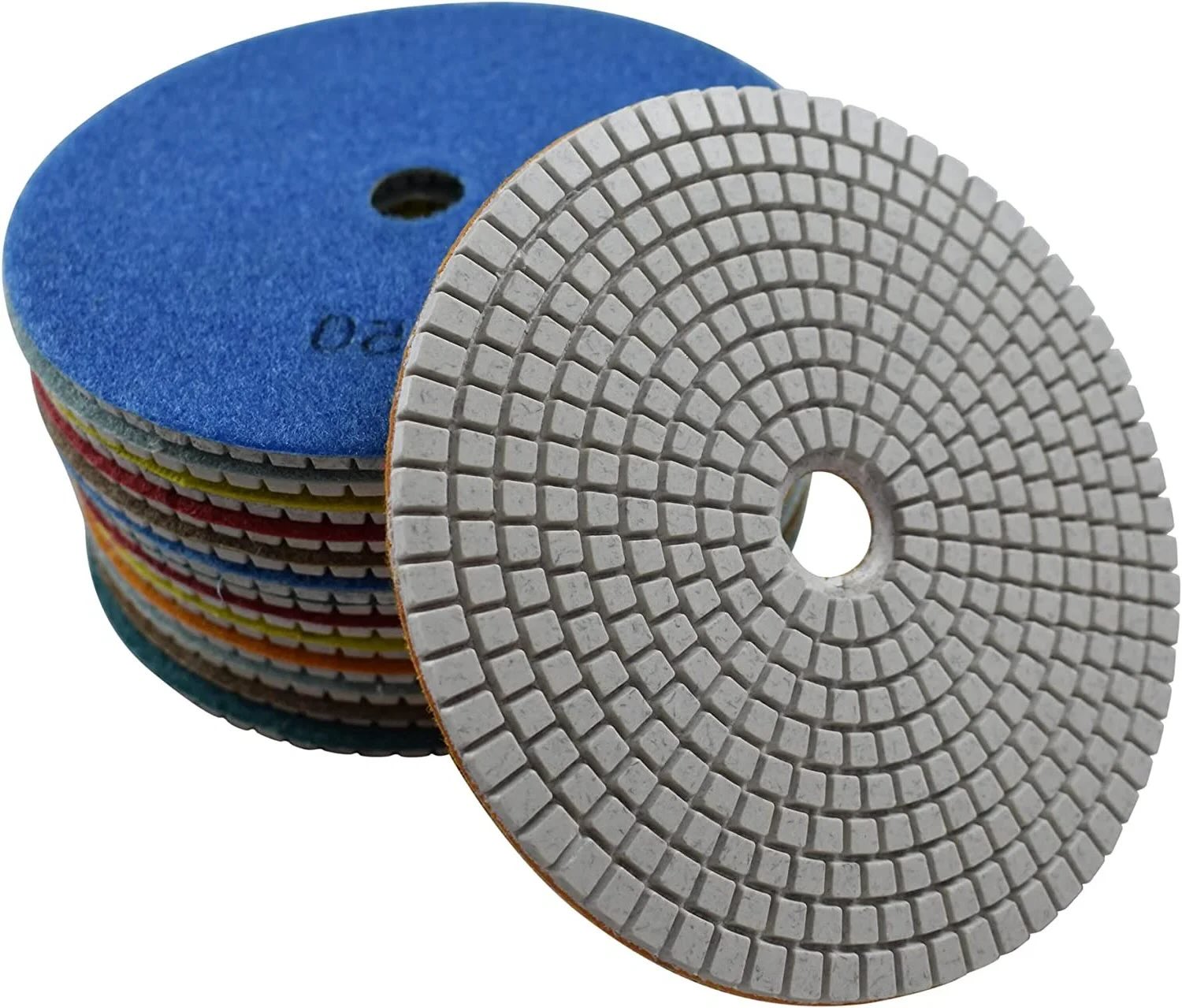
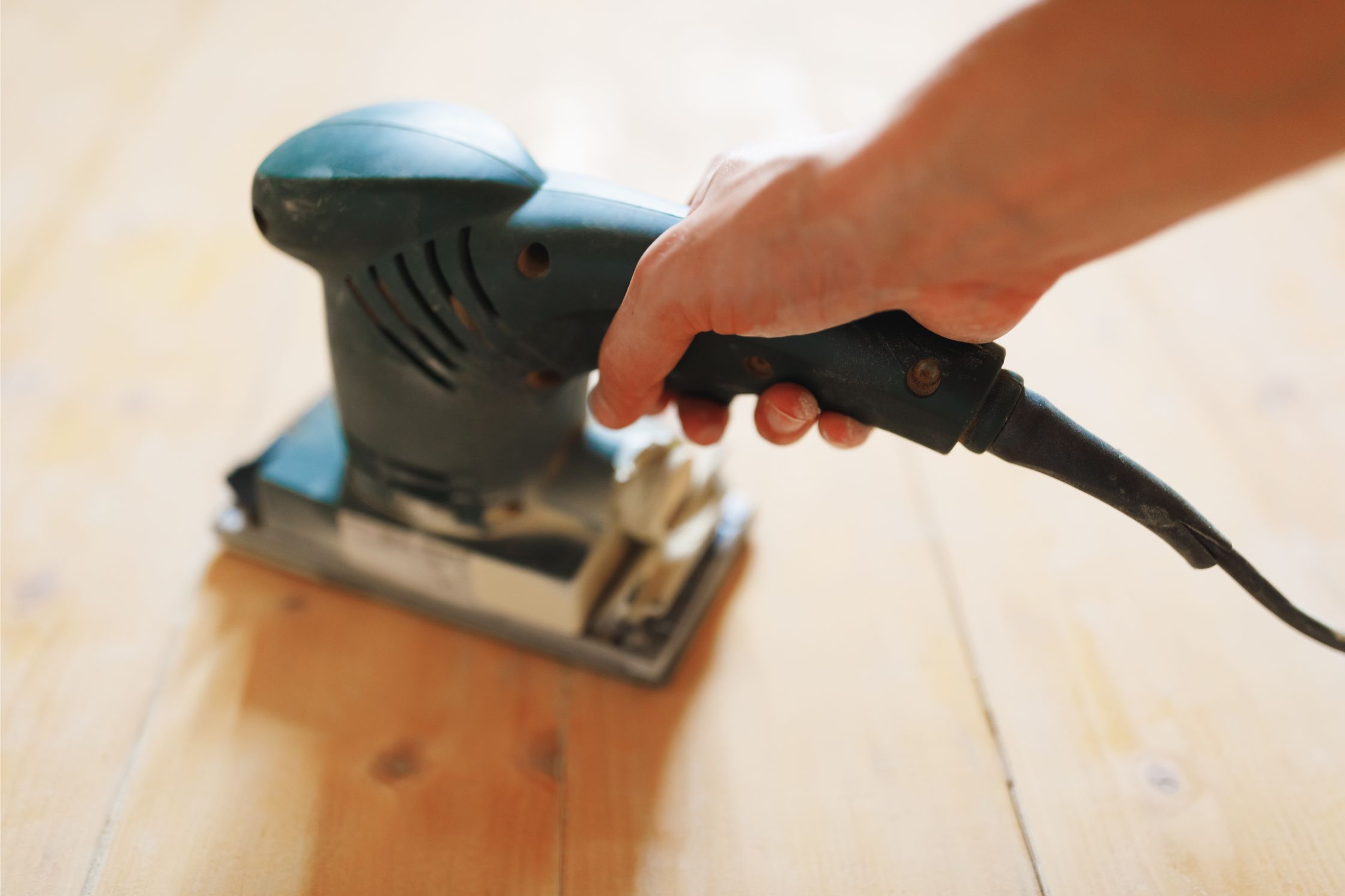
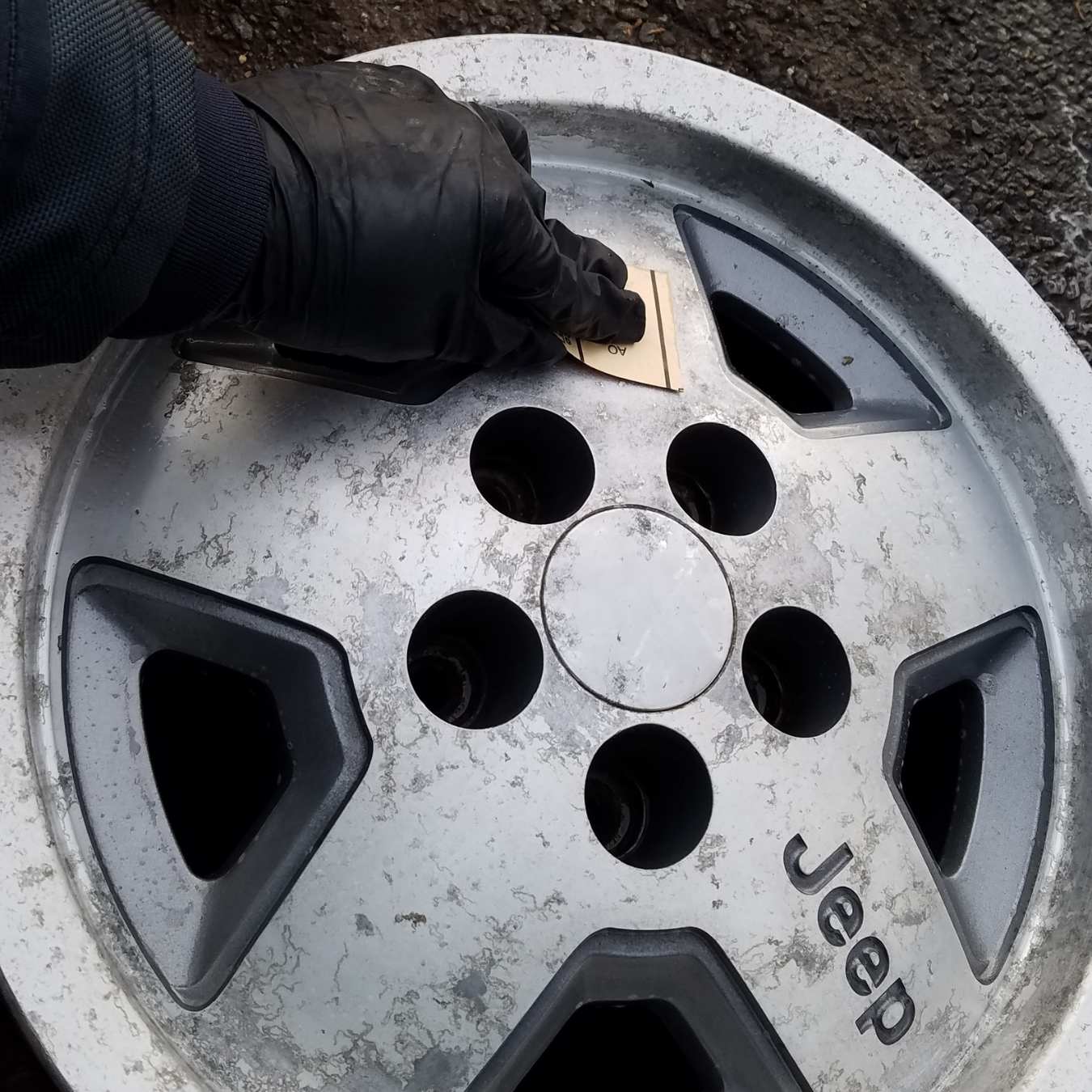

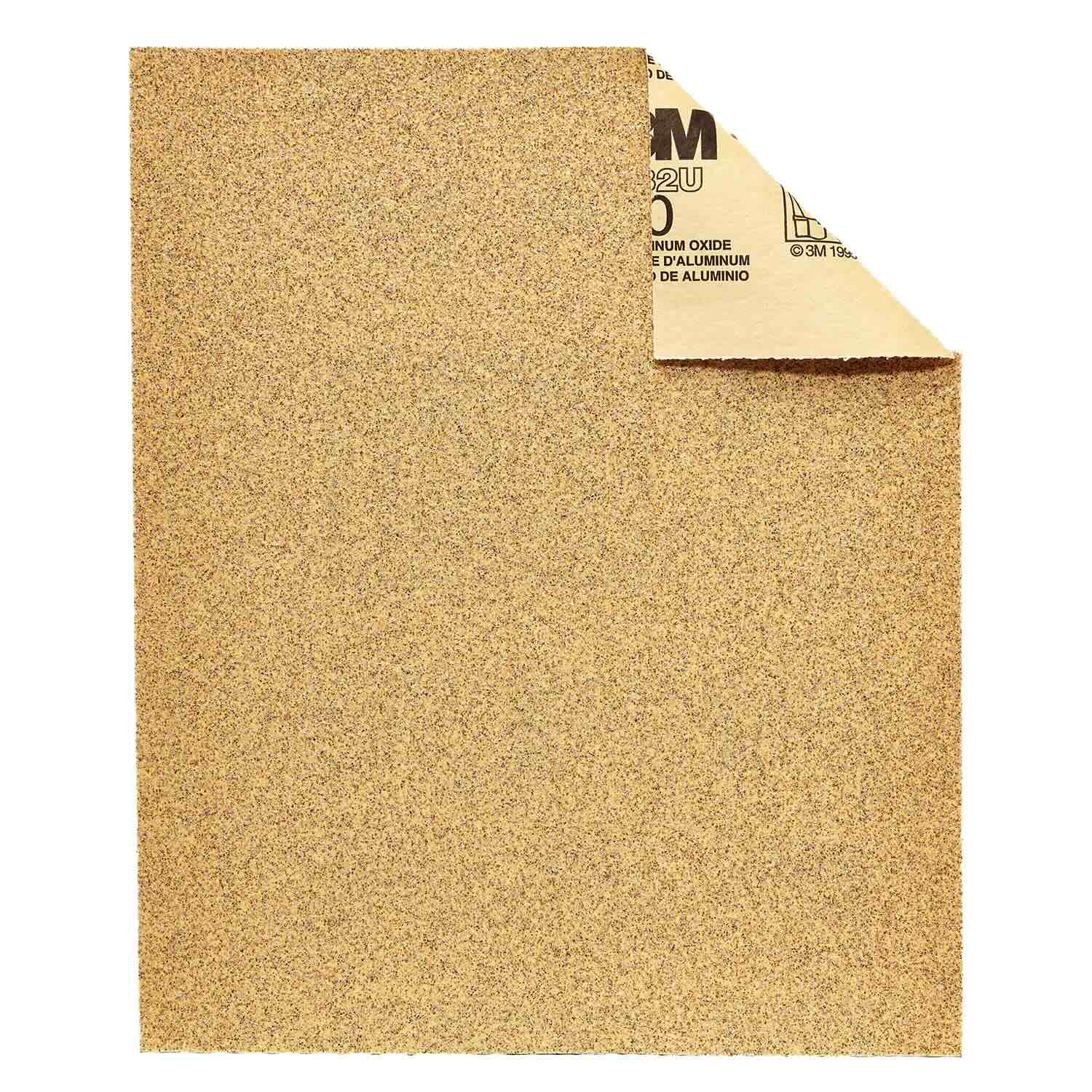
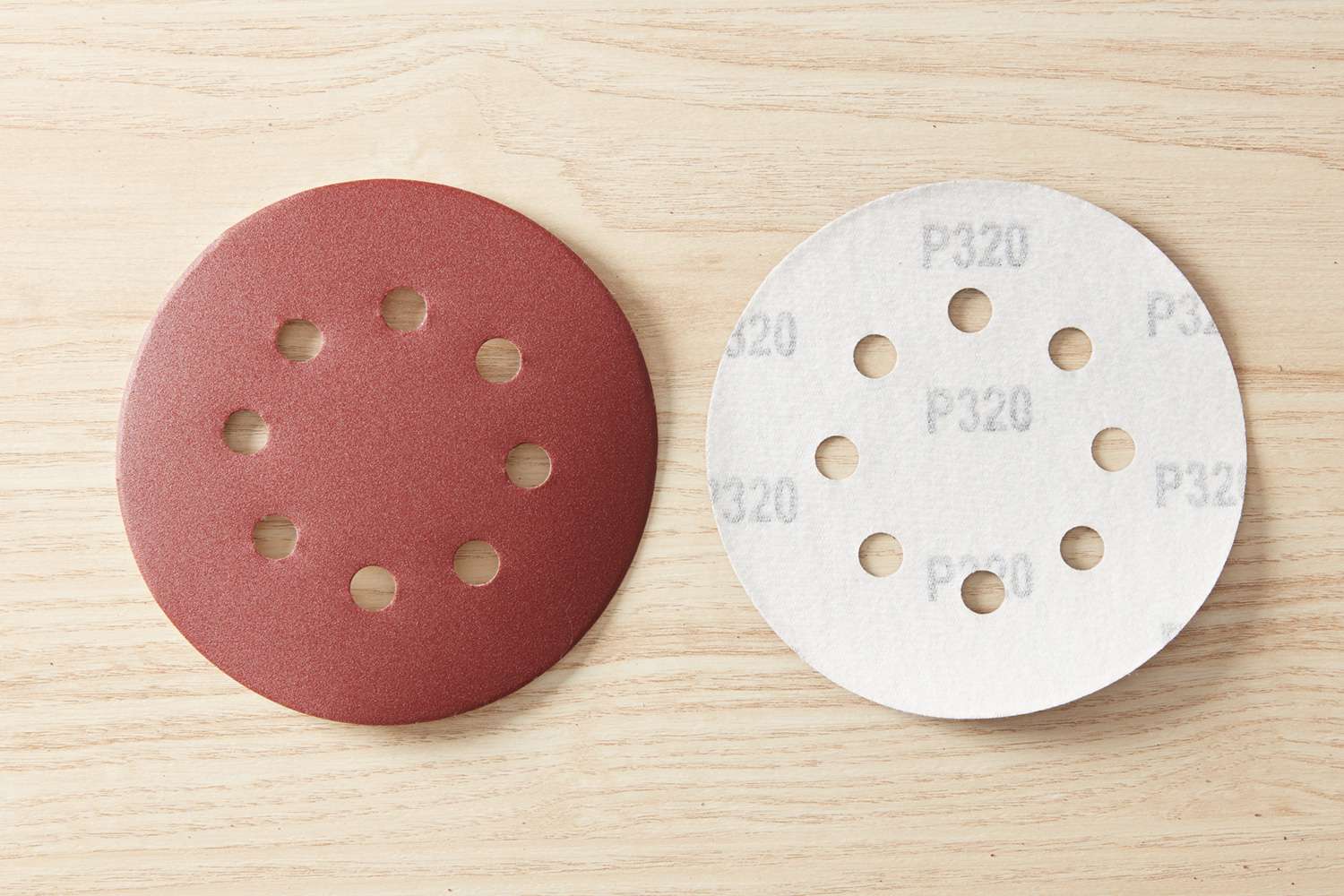
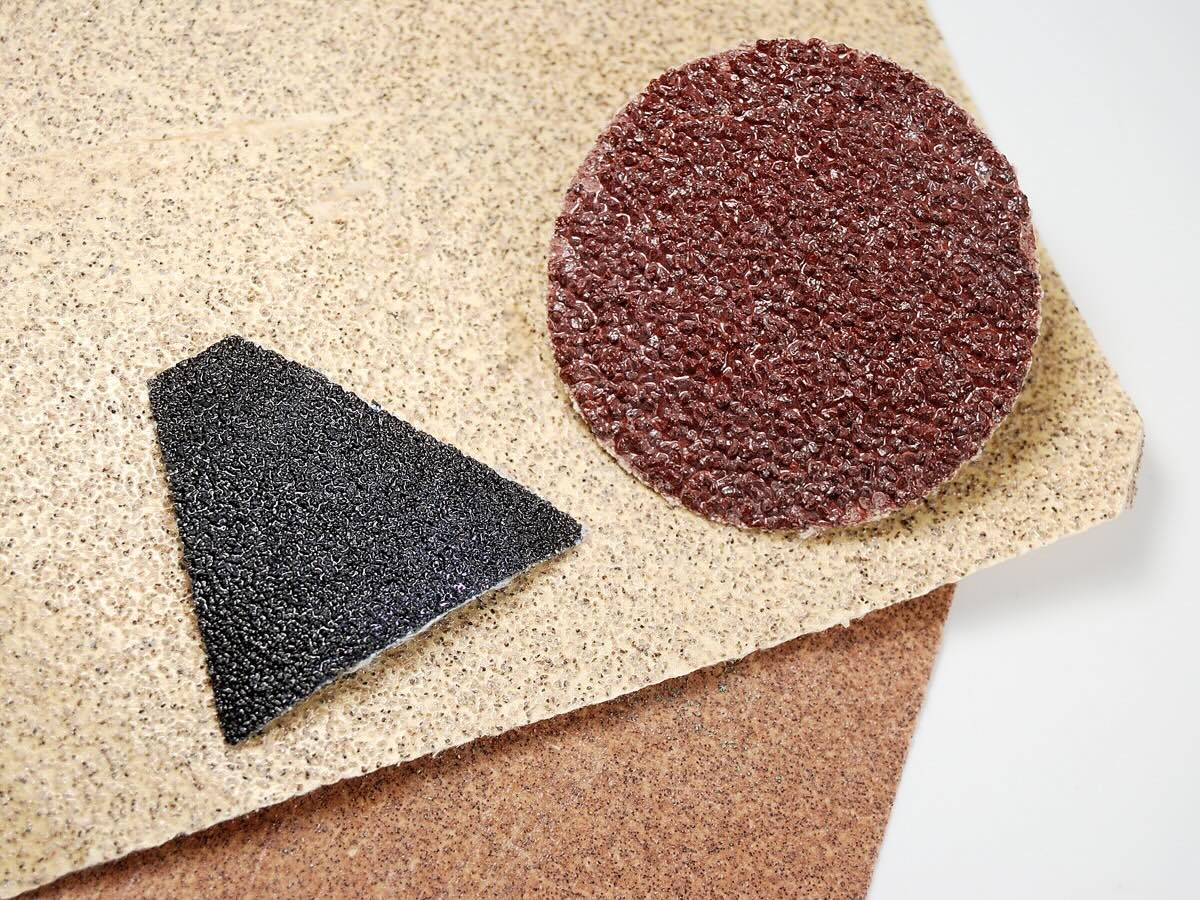
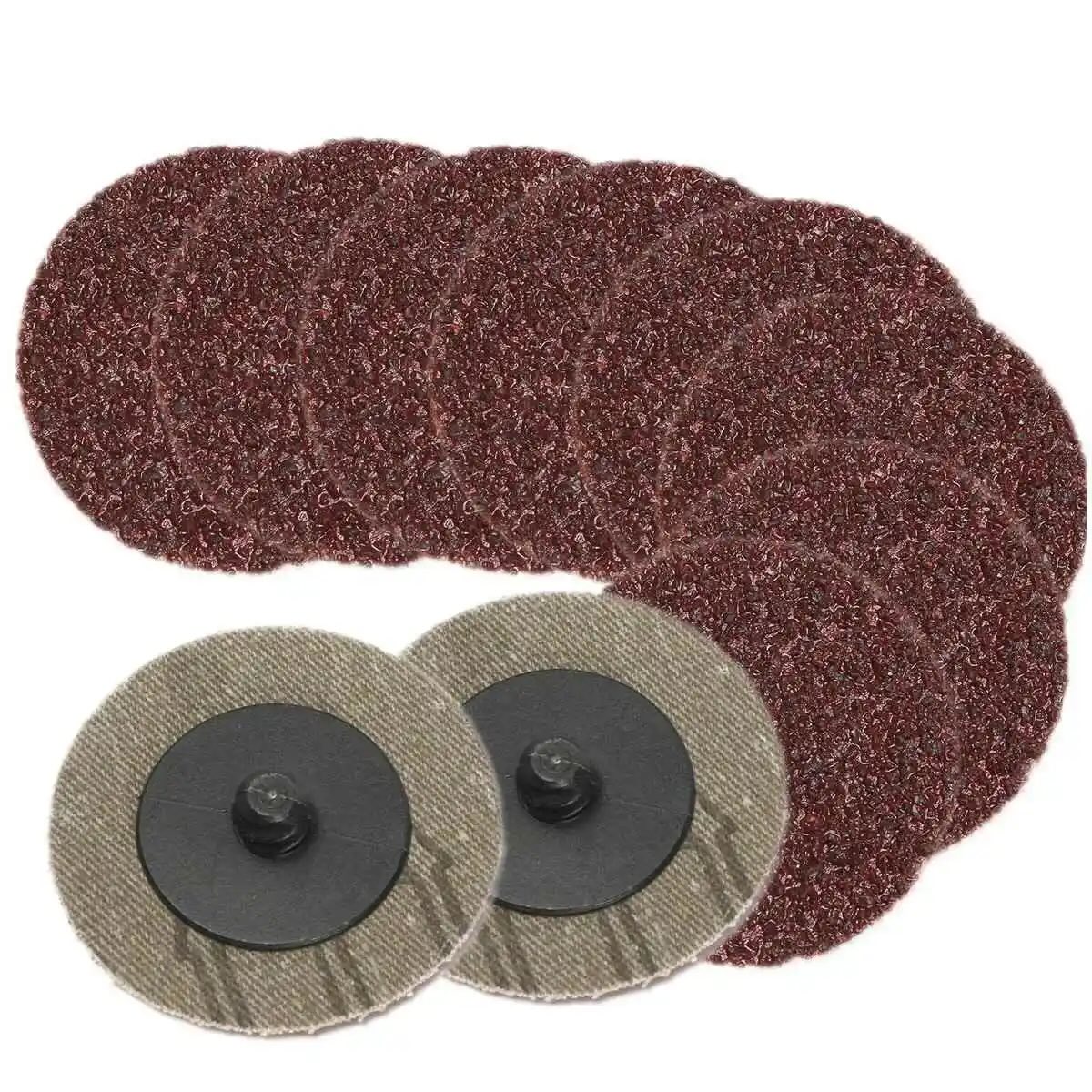
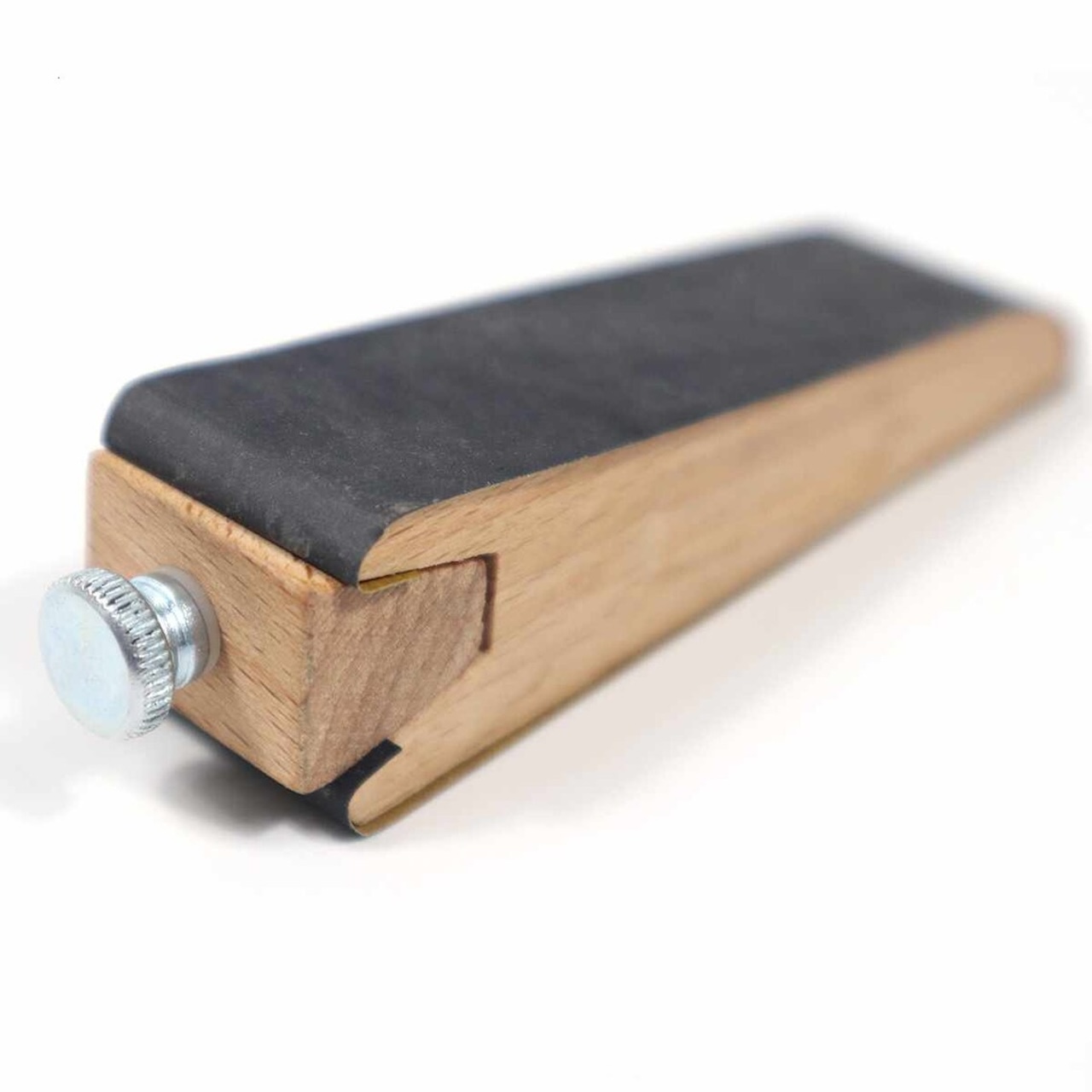
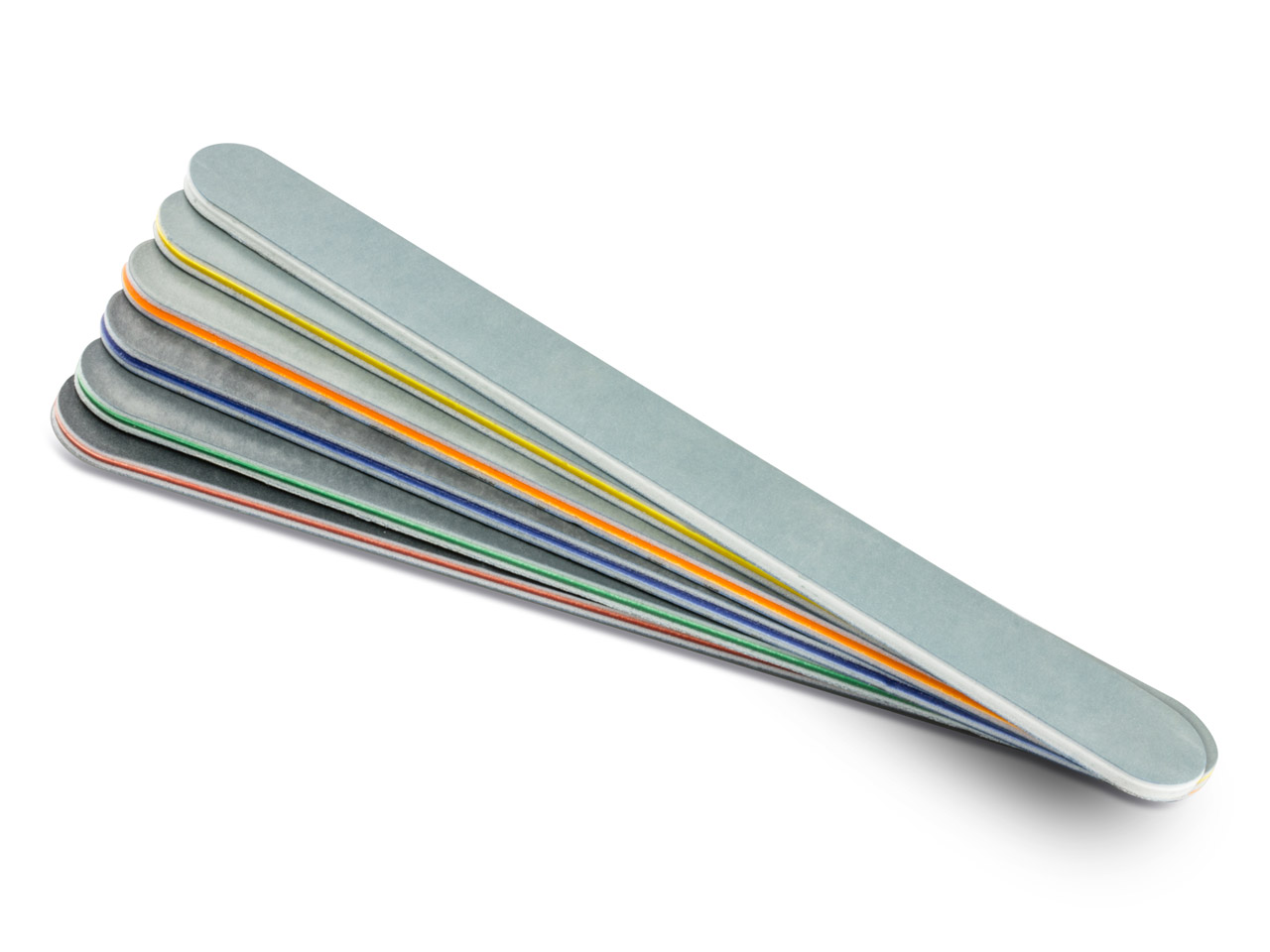
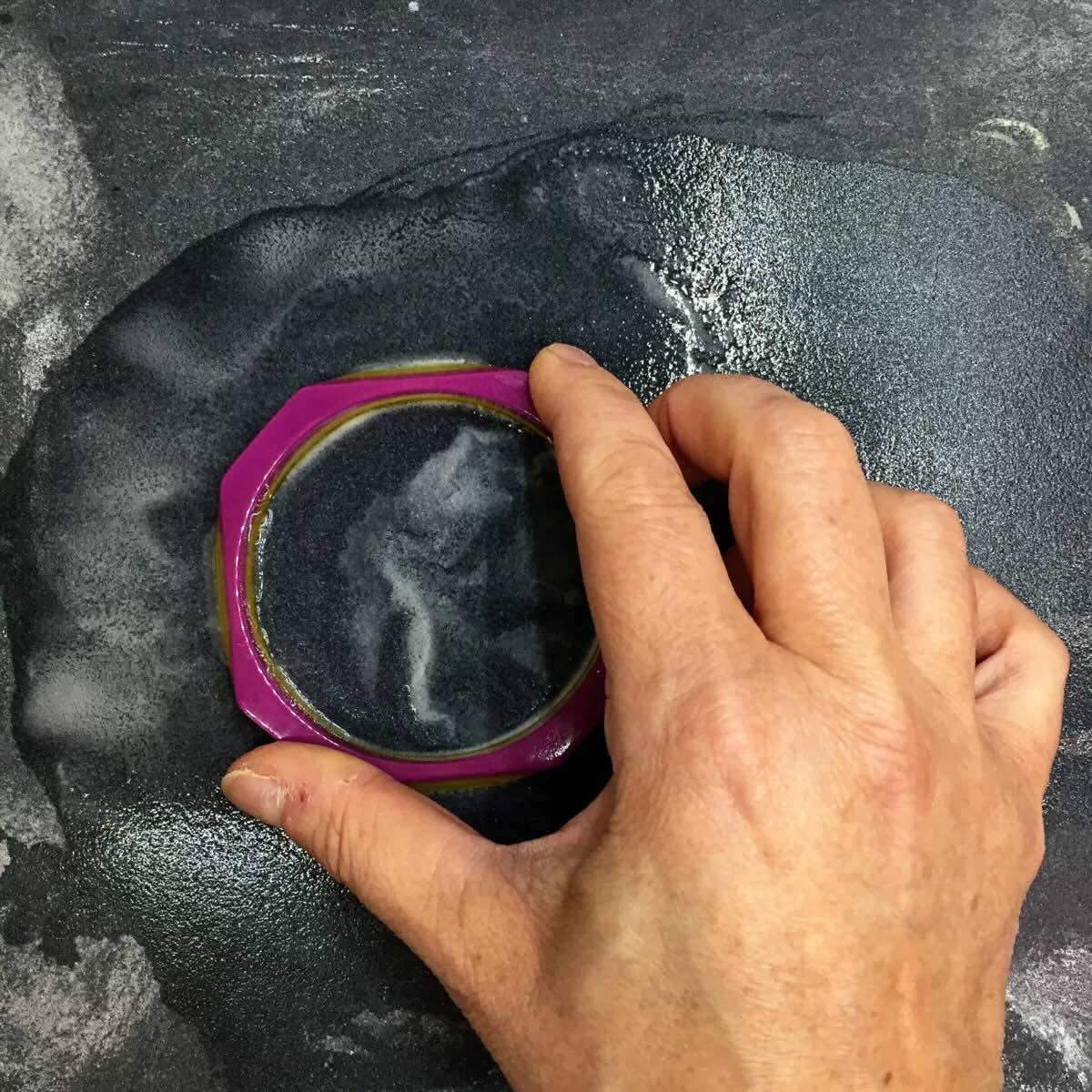
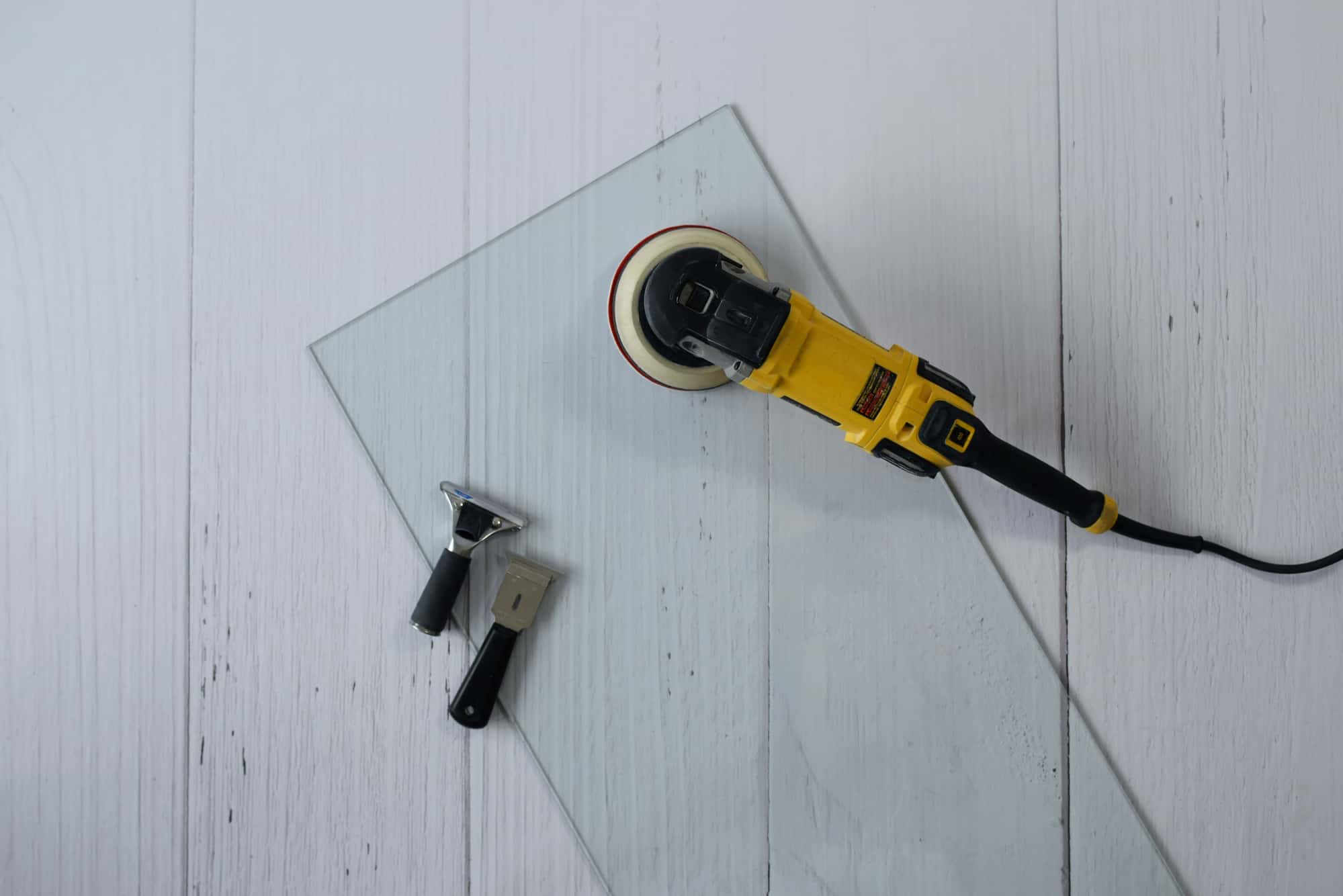

0 thoughts on “What Grit Sandpaper For Guitar Frets”